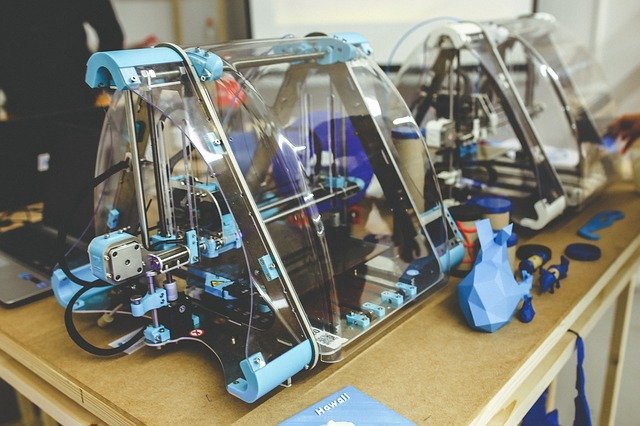Cause-oriented and environmental groups from here and there are clamoring over the possible impact of 3D printing Australia industry to the environment. While there is an increasing number of people who are becoming even more and more aware about the ill effects of carbon and waste footprints to nature, there are subtle ways we can suggest to make the 3D printing Australia space more “green” and thus become more environment-friendly.

Ways to Achieve Greener 3D Printing Australia
Use a biodegradable filament.
A handful of more sustainable filaments, as opposed to the ABS alternatives, can be found in the market. Compostable filaments, as determined by both the USA and EU compostability standards, are usually made from recyclable materials such as milk cartons and potato chip bags.
Like for instance, in other countries other than Australia, a line of beer filament has been made using the waste byproduct of the beer-brewing process. It can give us a sigh of relief that eco-friendly filament materials are being made available to the market nowadays, however, when it comes to disposing of them that aspect has yet to be made clear at the moment.
Consider the use of a Filament Recycler
While we don’t qualify the ABS plastic as biodegradable, there are many ways to recycle it. ABS belongs to the “thermoplastic” classification, which means they can be reheated once again so that they can be used one more time as a filament (even if they have been heated once before ).
Filament recyclers can grind up household plastic and commercial waste materials made from plastic, eventually transforming them into filament for 3D printing purposes. An example of a filament grinder available today is the Filamaker. These pieces of equipment will break down even your used prints. The function of filament extruders, on the other hand, is to repurpose your used filament and produce new filament instead.
This is a wise technique to implement if you want to recycle the scrap filament that you had from your failed 3D printing attempts before. It allows you to reuse even the small fragments of filament that is otherwise rendered as not useful anymore. However, it is crucial that you try mixing different kinds of filaments as doing so could result in poor, substandard printing outputs.
Build an enclosure that will house your 3D printer
By having your 3D printer nestled inside an enclosure, the fumes that it might produce while in use will not be emitted anymore into the air.
An enclosure for your 3D printing machine will also prevent its air contaminants from getting their way into the different areas of your home. Hence, they are trapped inside the enclosure so that the odds of your household members inhaling toxic fumes will be at bay.
Final Word About “Greener” 3D Printing Australia
From the very mouth of researchers themselves, dangerous extraction methods are being employed nowadays for the purpose of retrieving scanty oil resources required in the production of plastic materials used so widely today.
Refining, transportation, and manufacturing of products require raw material, additional energy, and disposal of toxic waste from the used process into the earth, air, and water. Needless to say, the harmful and the evident consequence can be seen after a product’s life cycle after they are being discarded already.
The industry of 3D printing, right this very moment, is striving hard in responding and rectifying all those perceived inherent problems seen in a product’s life cycle. We know that this type of printing technology banks on supposedly unlimited potential.
This potential is the fueling factor why we will continue developing and improving this technology in all aspects of it, most especially in terms of making more eco-friendly.